- Htin PonSeik Quarter, Pathein Township, P.O.Box. 10018, Ayarwaddy Region, Myanmar.
- ucspatheinsiman@gmail.com/adminoffice@ucspathein.edu.mm
- +959453007009
The aims of this course:
The successful completion of this course, Student will be able to:
| Reference Book's Photo | Reference Book's Materials |
|---|---|
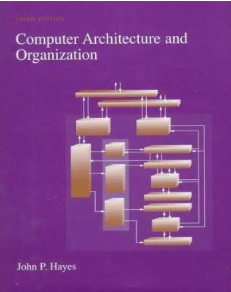 |
“Computer Architecture and Organization” by John P. 3rd edition. ©1998 by The’ McGraw-Hill Companies, Inc. |
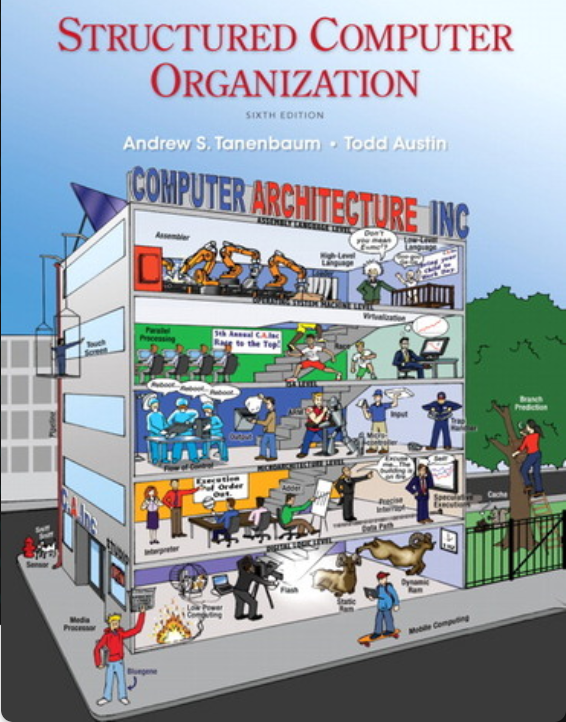 |
“Structure Computer Organization” by Andrew S. Tanenbaum & Told Austin, 6th Edition, © 2013 Pearson Education, Inc., |
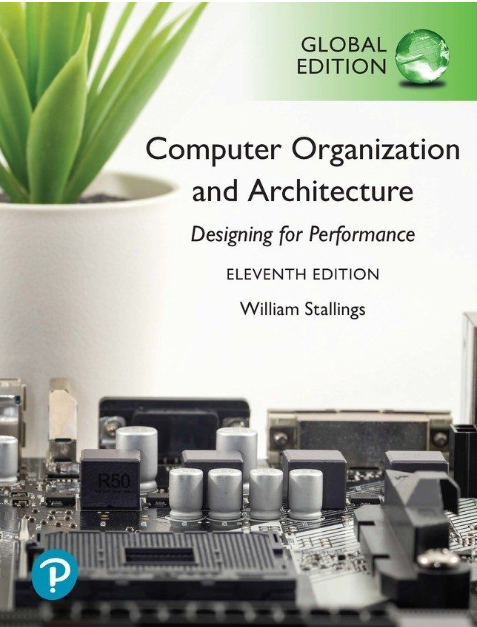 |
“Computer Organization and Architecture”, 11th Edition by William Stallings, © Pearson Education Limited 2022. |
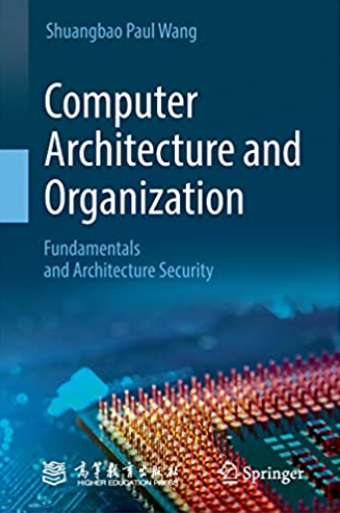 |
“Computer Architecture and Organization” by S.P. Wang, © Higher Education Press 2021 |
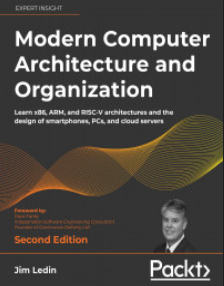 |
“Modern Computer Architecture and Organization”, 2nd Edition by Jim Ledin, ©2022 Packet Publishing. |
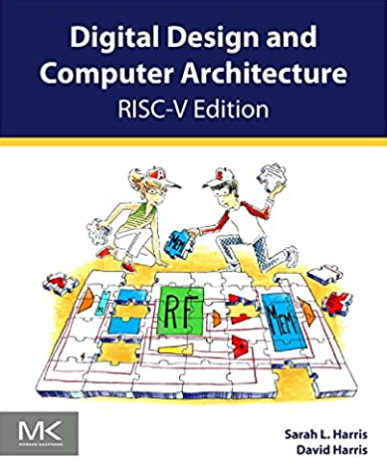 |
6. “Digital Design and Computer Architecture RISC-V Edition” by Sarah Harris, David Harris. |
| Assessment Plan for the Course | |
|---|---|
| Paper Exam | 60% |
| Class Participation (Quiz/ Test) | 10% |
| Tutorial/ Assignment | 10% |
| Lab | 10% |
| Project | 10% |